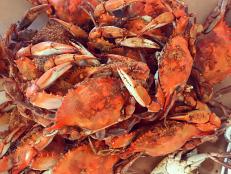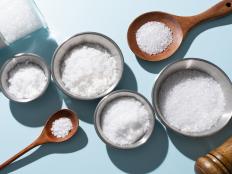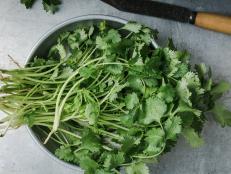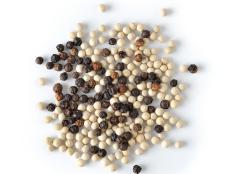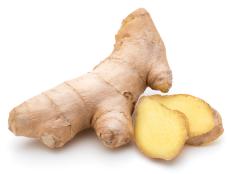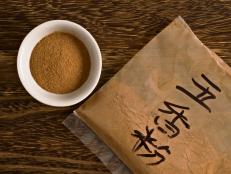What Is Saffron?
And why is it the most expensive spice in the world?

Westend61/Getty Images
By Layla Khoury-Hanold for Food Network Kitchen
Layla Khoury-Hanold is a contributor at Food Network.
You might know saffron as one of the world’s most expensive spices. Or maybe you appreciate the color of saffron for its deep golden-yellow or orange hue. But what exactly is saffron and where does saffron come from? And why is saffron so expensive? Here, we answer your saffron questions and share some of our best recipes using saffron.
What Is Saffron?
Saffron is a spice comprised of reddish-brown threads that, when used in cooking, impart a golden color and earthy, subtly sweet flavor profile to a variety of dishes.
What Flower Is Saffron From?
Saffron is harvested from crocus sativus, a flower commonly referred to as the saffron crocus. Saffron refers to the threads, or stigmas, inside the flower.
Where Is Saffron Grown?
Saffron is said to have originated in Greece, and while it’s still cultivated there today, saffron is also grown in Iran, Morocco and India. Iran is the world’s largest producer of saffron.
What Does Saffron Taste Like?
Saffron has a subtle earthy-sweet flavor profile with a tinge of bitterness on the tongue that gives way to delicate floral and honey notes. Fresh saffron smells a little like sweet hay mixed with freshly mown grass, with a whiff of pepper.
What Is Saffron Used For?
In culinary applications, saffron is used as a spice to flavor dishes or as natural yellow dye. Outside of food, saffron extracts are used to dye textiles or added to fragrances. Saffron is a common ingredient in Indian, Moroccan and Iranian cuisines. In India, it’s added to curries or used to infuse syrups for desserts such as Gulab Jamun or Malpua. In Morocco, it brings an earthy-sweet undercurrent to dishes such as Chicken Tagine with Olives and Apricots. In Iran, saffron is an essential ingredient in a crispy rice dish called tahdig. Saffron is also a key component in several European dishes, including Spanish paella, Italian risotto and French bouillabaisse.
Saffron pairs particularly well with pastas, like this simple Saffron Orzo, as well as grains, such as this good-for-beginners Saffron Rice or this vivid Saffron Jewel Rice. It’s also a fine match for seafood, as with this Saffron Scallop Gratin, and poultry, like this easy-yet-impressive One Pot Saffron Rice with Spiced Chicken Breast. Steeping saffron in cream, broth, custard or milk is an excellent way to impart flavor and color in both sweet and savory dishes.

Owen Franken/Getty Images
Why Is Saffron So Expensive?
Saffron is expensive because supply is limited and what is available must be hand-harvested. Saffron crocus bloom for only one week every year and each flower produces just three threads of saffron. The saffron must be picked when the flowers are still closed to protect the fragile threads inside. It’s estimated that it takes 150 flowers to produce 1 gram of saffron, and thousands of flowers to yield 1 ounce. Fortunately, a little saffron goes a long way and most recipes call for small amounts. When purchasing saffron, ensure that the threads are all reddish-orange in color, not yellow—the yellow threads are the flower’s stamen.
Saffron Benefits
The list of benefits associated with saffron varies, but it is generally agreed that saffron contains high levels of antioxidants. Its purported health benefits include improving mood, treating depression and anxiety, cancer-fighting properties, reducing menstrual cramps or PMS symptoms, suppressing appetite and acting as an aphrodisiac, but there is not yet sufficient scientific evidence to back up these claims.
Recipes Using Saffron

Saffron screams fancy, but thanks to this hands-off pressure cooker recipe, saffron risotto is possible on a weeknight. Saffron threads saturate grains with a signature golden-yellow hue and infuse the broth with an earthy aroma.

Anna Williams
Saffron threads and shallots are cooked until the shallots soften, and then simmered with cream and salt and pepper until thick. The cream is then scented with lemon juice and vanilla, which really brings out the sweet, floral qualities of the saffron.

Matt
This yellow rice dish takes inspiration from paella in a nod to Spain’s colonization of the Philippines. Saffron steeps in broth to imbue it with a lovely yellow hue and earthy-floral flavor, which pairs particularly well with aromatic jasmine rice.

In this vibrant Mediterranean inspired fish dish, saffron proves it’s an ideal match for seafood. First, potatoes, peppers and onions are braised in olive oil with a touch of saffron, then the cod is gently simmered in the vegetables with a bit of broth to create an elegant, hearty one pot meal.

Con Poulos
Utilizing saffron in baked goods is an excellent way to highlight its subtle floral and honey characteristics. Here, heavy cream is infused with crumbled saffron threads to create an earthy, sweet flavor that plays nicely with golden raisins plumped up in Sherry.
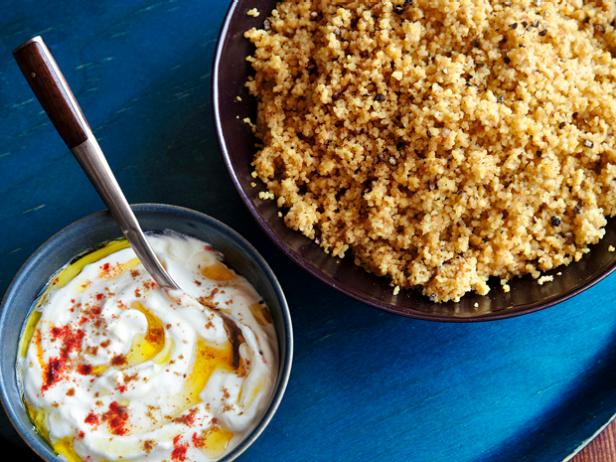
marcus nilsson, Food Stylist: Jamie Kimm Prop stylist: Robyn Glaser
Though it’s optional, we highly recommending the called-for large pinch of saffron threads in this recipe. Toasted in butter alongside a heady spice blend featuring cumin, coriander seeds and a medley of warming spices, the saffron really pulls together the floral and spice profiles.
Related Links:
























